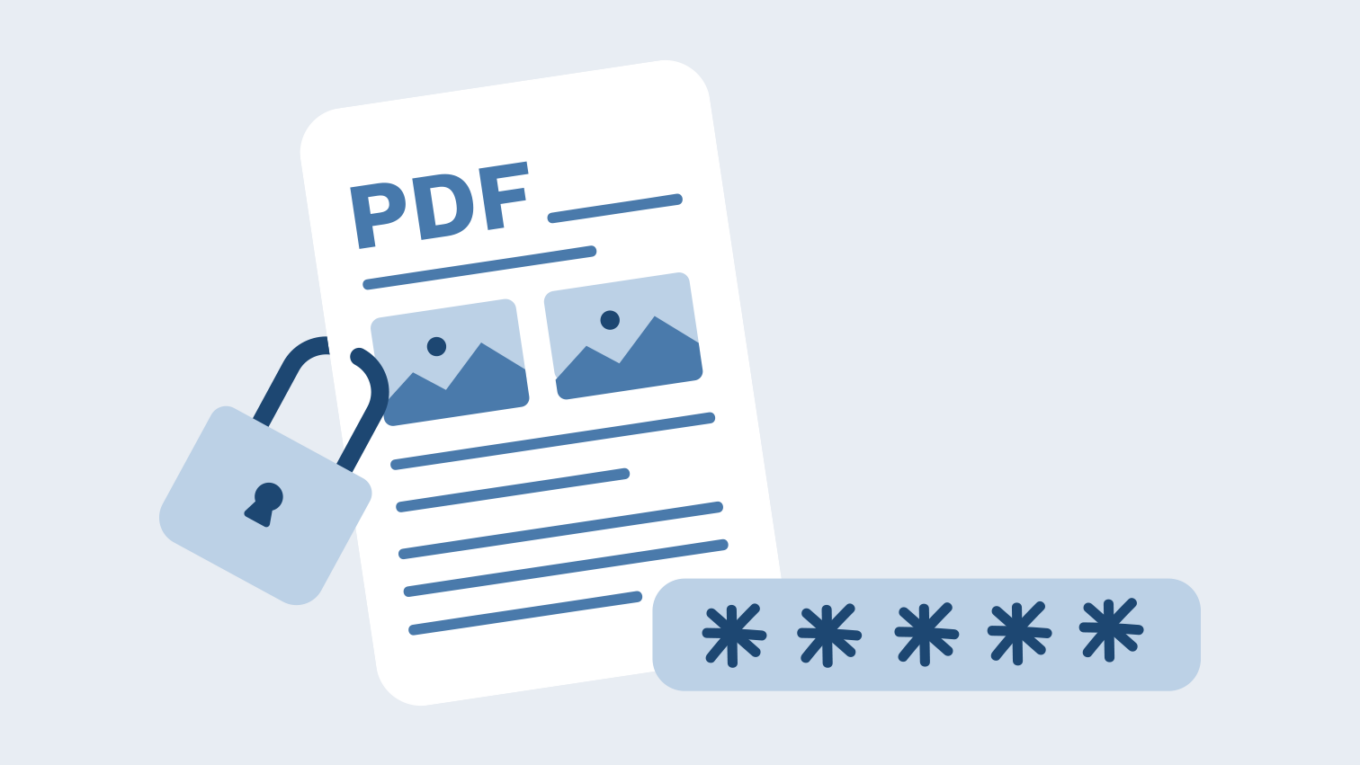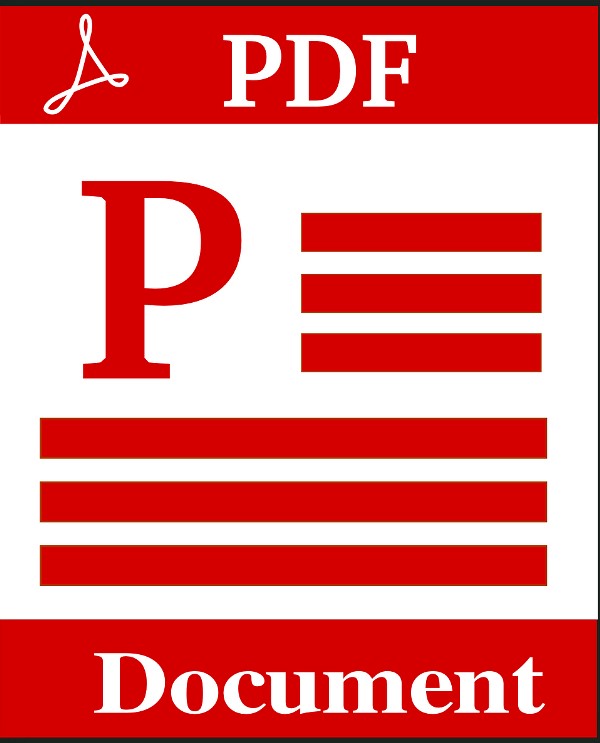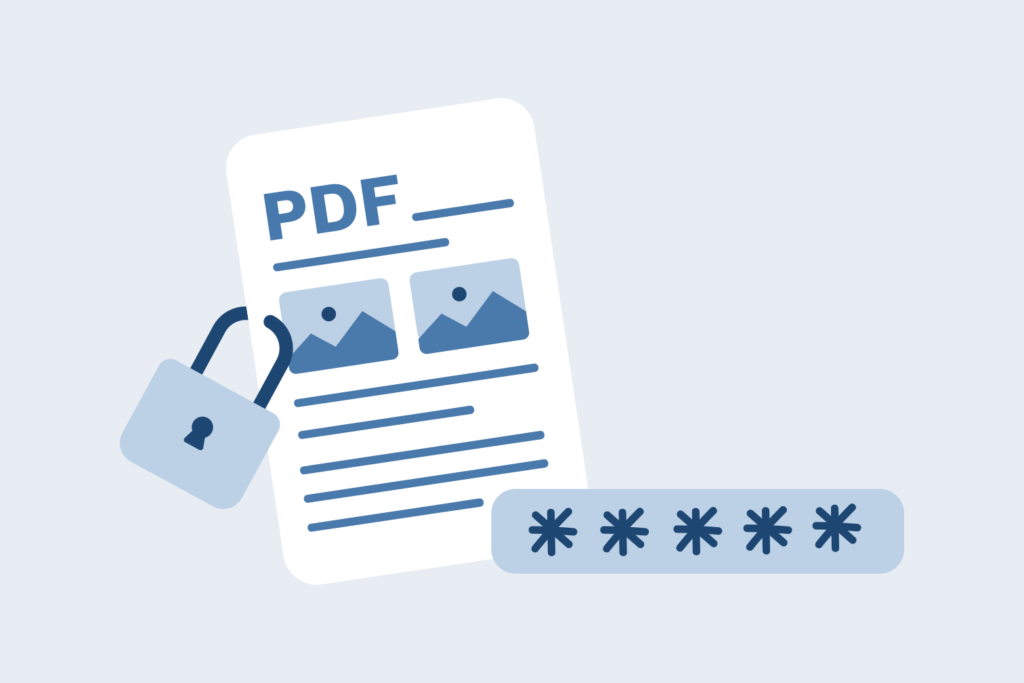PDF Files Security: 4 Effective Solutions
Adobe is well known for its creative range of formats and applications regarding portability, ease of use, expertly-adjusted features, and consistent updates. In the PDF realm, Adobe solutions stand out among the rest. And for a good reason. Its Acrobat suite offers instinctive editing tools that help build and format documents. Several industries and organizations use the Adobe PDF format to create and distribute vital information. But therein lies the problem. PDF files that use Adobe security are primary and elementary, which can be effortlessly sidestepped. Let’s look at some of the alternative and more secure solutions for PDF security.
1. Password protection for PDF files
Using passwords to secure PDF files is standard and widespread. Simply put, a password encrypts the PDF file and requires the intended user to enter the correct password to decrypt it. Password protection for PDF security allows you to use a password to open a PDF file for viewing and another password to apply restrictions or permissions, including editing, printing, and copying.
The main issue with password protection for PDF files is that PDF security becomes worthless once the password is shared with an intended user. This is because the user can share the password with others or remove the password with a readily available password remover application found freely online.
Even if the intended user does not share the password, several phishing attacks and tools can crack the password if the file is intercepted in transit or if a hacker gets hold of your confidential PDF document. That means one may not even require the password to gain access to your PDF file content. There are password crackers known to break stringent passwords under 60 seconds and that use highly refined GPU acceleration technology to break into 256-bit keys with lexicon invasions and brute force. These applications can also eradicate form fields, digital signatures and JavaScript.
Password protection as a PDF restriction or security tool is no longer effective in today’s day and age. That’s because once a user is aware of the password to open the PDF, they can remove the restrictions on the document quickly through password removal applications. In addition, PDF viewers or reader applications can ignore PDF restrictions and therefore make your PDF protection ineffective.
Bonus Tip: Use an online word to PDF converter without affecting file quality.
2. Data rooms
Online document sharing systems such as data rooms are other alternatives to protect and distribute PDF files. A data room is a secured location that uses restricted server space on a cloud server. These data rooms contain files or documents that need to be shared with intended users.
PDF files such as M&A information, financial data, balance sheets etc., are some examples of documents usually stored in a secure data room. The space in a data room is typically protected by specific login credentials and generally offers added IP address monitoring and SSL encryption. However, although this cloud-based data room is a popular alternative, they come with multiple security concerns. For instance:
- Data rooms use password-based security that brings with it inherent flaws and distribution hurdles, just like any other password-based system. The main one being users can share their login information with others.
- The contents in the PDF file can be retained as plaintext in the user’s temporary files. This can be recovered and distributed arbitrarily.
- A user can screenshot the information or print the document to a PDF file if printing controls are enabled.
- Once a PDF file is uploaded in a data room, you are completely dependent on the data room provider to secure your PDF files. This leaves you with absolutely no control over how your PDF files are viewed or accessed.
- Data rooms come with an exorbitant cost for added users and multiple documents.
3. Plug-in based PDF security
If you’re looking for added controls other than the password-based protection provided by Adobe security, another alternative is a plug-in. Plug-ins can integrate with the existing Adobe Acrobat Reader and offer a smooth and easy way to access the document.
However, installing a plug-in is complicated in the same manner as installing an application. That means the user needs Windows admin rights and firewall configuration to access the document on the server. Besides, plug-ins can clash with other plugins and provoke behaviour that could compromise security. In addition, suppliers find it highly time-consuming to experiment with plug-ins on every unique version of an application and there are no standardized testing procedures. Each time the plug-in or the application is updated, it could fail to work.
But one of the most significant hazards of using plug-ins is that it can open the system for a hacker to manipulate. A single vulnerability in a plug-in could result in the compromise of your intended user’s system with malware. Additionally, a plug-in for Adobe Acrobat can easily be written and designed with falsified signatures to release modification constraints, security and digital signatures. All these factors make plug-ins a dangerous security solution for your PDF files.
4. PDF DRM solutions
PDF DRM security is the only proven solution to securely protect the contents of your PDF files from everyday misuse. Typically, the right PDF DRM system encrypts your PDF files and applies stringent digital rights management controls to ascertain how an authorized user uses your PDF file. It provides the most stringent digital document security to protect your PDF files from unauthorized access and misuse.
A good PDF DRM solution does not employ passwords but will use transparent licensing control and key management and lock PDF files to specific IP addresses, locations and devices to prevent misuse or unintended distribution. With the best PDF security and easy management, DRM offers you extra valuable features such as instant revocation and PDF file expiry.
Conclusion
Say goodbye to passwords or certificates and hello to PDF DRM solutions. With transparent key-based security, PDF restrictions, and DRM control, you can prevent copying, pasting, screenshots and printing of your PDF files and content.
In addition, you can add permanent and dynamic watermarks that will display user information. With all these benefits and more, the only way to safely protect your PDF files and distribute documents securely is with the right PDF DRM document security solution.



2 thoughts on “PDF Files Security: 4 Effective Solutions”